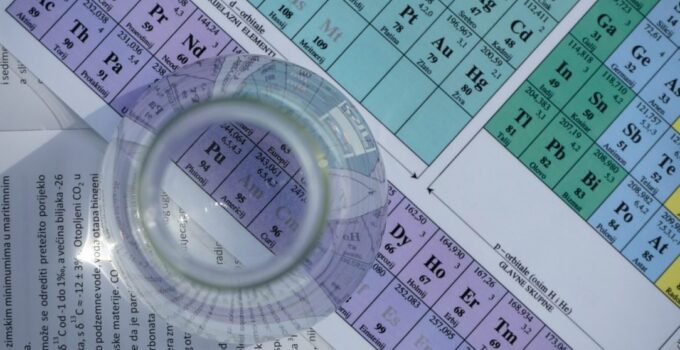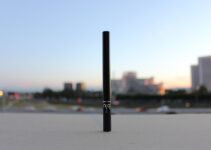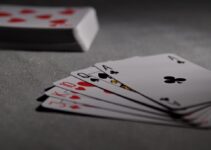Extra Neutral Alcohol (ENA) is a highly purified form of alcohol produced by continuous distillation of rectified spirit. It is a colorless, odorless, and flammable liquid. Extra neutral alcohol has no flavor or aroma and is commonly used as a base for alcoholic beverages.
In fact, it’s the purest form of ethanol that you can get. Most of us are familiar with the term “grain alcohol” or “ethanol,” but those are just diluted forms of pure ethanol. For example, a bottle of Everclear contains 95% alcohol and 5% water. Extra neutral alcohol has no water content at all and is sold in either 190 proof or 95% (190 proof) forms.
Extra Neutral Alcohol is typically made from grain or molasses. It has the same chemical composition as ethanol or drinking alcohol, but it’s been purified to remove the “impurities” such as methanol, acetone and other volatile organic compounds that give it an unpleasant smell and taste. This gives ENA a neutral taste and smell – hence the name “Extra Neutral.”
How ENA is Produced
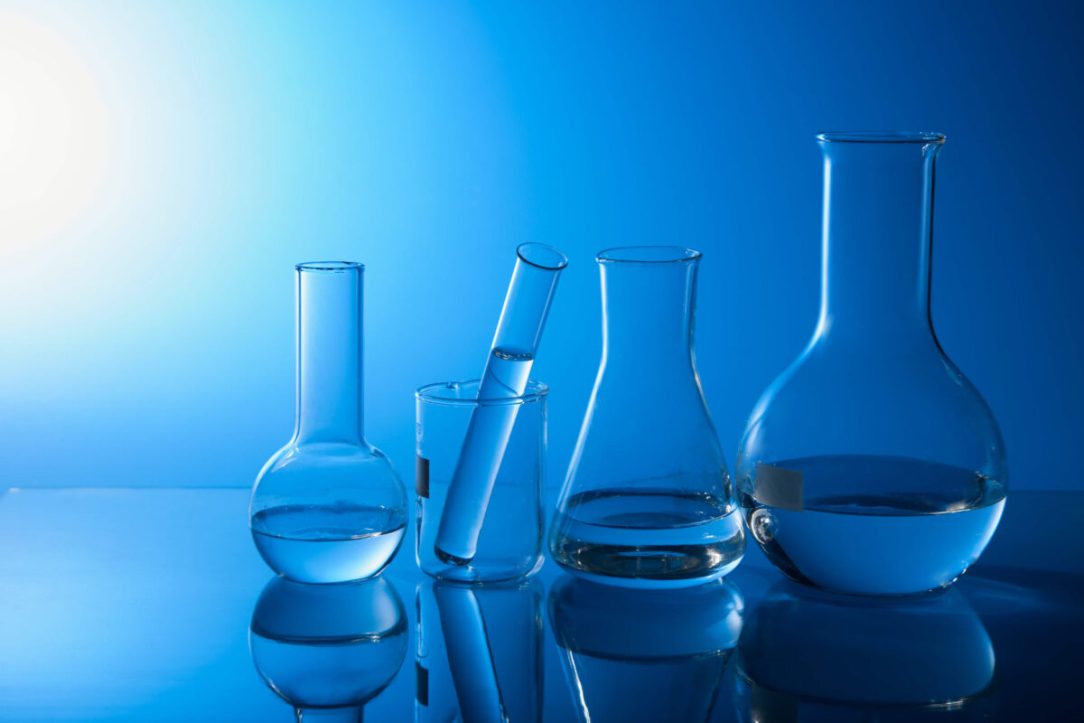
Source: nedstar.com
Extra Neutral Alcohol (ENA) or Rectified Spirit (RS)is highly concentrated ethanol with little to no additives or impurities and is denatured to make it unfit for human consumption. ENA is used by beverage and fragrance companies for its high level of purity and versatility in the manufacturing process.
ENA is made from various types of fermented material including grain, molasses, fruits and vegetables. The fermented material is then distilled and purified through a distillation column. Ethanol vapors rise to the top of the column where they are collected as liquid ethanol. This liquid ethanol contains excess water and other contaminants which need to be removed before it can be used as ENA. The most common method to do this is by using molecular sieves which absorb water and other contaminants leaving behind pure, anhydrous ethanol. According to sasmabv.com, ethanol 96 is a very versatile solvent and this makes it quite useful in many industrial and household processes. The main use of ethyl alcohol is in the production of alcoholic drinks, and it also has many other applications including as a fuel.
For industrial use, ethanol is usually blended with gasoline to produce a product known as gasohol. It can also be used as a solvent for resins and paints. This makes it useful in the production of paints and antifreeze solutions among others. The high volatility and inflammable nature of ethanol makes it useful in the formulation of paints, colognes, perfumes, body sprays and other fragrances.
What are the uses of Extra Neutral Alcohol?
Extra Neutral Alcohol (ENA) is widely used in alcoholic drinks such as whisky, gin, vodka and liqueurs. It can also be used in non-alcoholic beverages such as energy drinks and fruit juices to add flavor and aroma.
Extra Neutral Alcohol has many other uses including: As a cleaning agent: ENA is often used for cleaning purposes because it’s less irritating than soap or detergents. It’s also effective at removing stains from fabrics without damaging them!
Industrial grade ENA is mainly used for industrial purposes such as paint thinner or fuel for fires because it’s flammable and has a low flash point (the lowest temperature at which a substance will ignite). It’s also used in many household cleaning products. This type of ENA is not meant for human consumption or contact with skin or eyes and should be kept out of reach of children at all times!
Quality
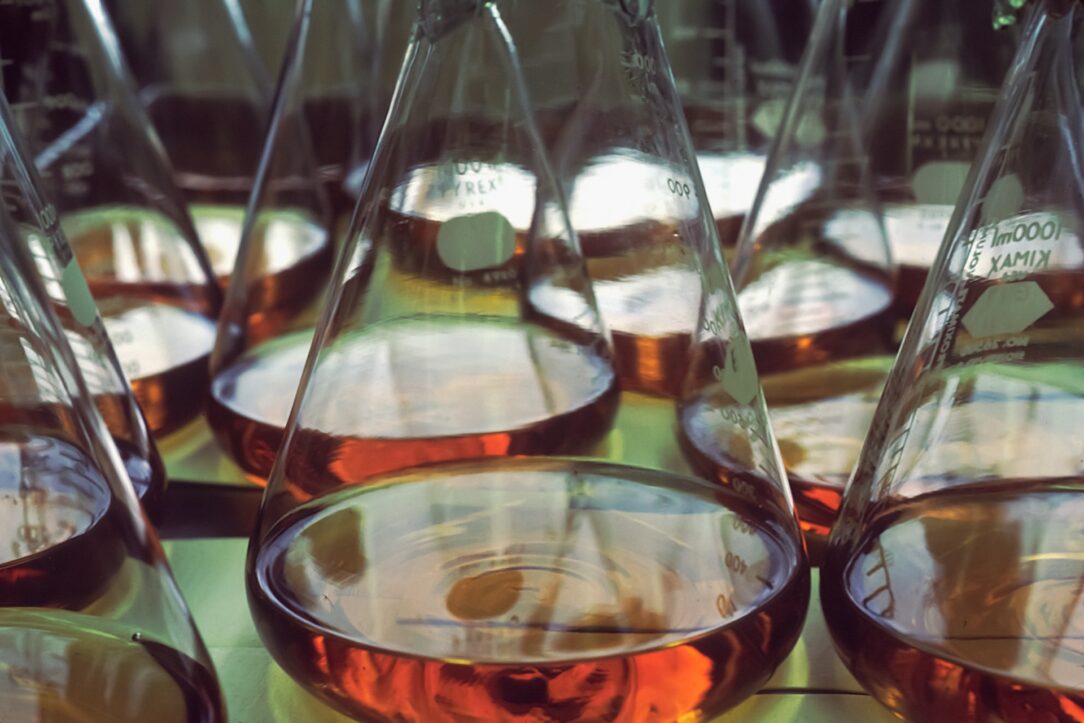
Source: unsplash.com
The quality of ENA can vary depending on where you source it from and how it is produced. In India, ENA is derived from molasses or grains like wheat and corn. The type of feedstock used in the production process can affect its taste profile and final use. While ENA produced using molasses as a feedstock can be used in a wide range of alcoholic beverages including whiskey, rum and vodka, grain-based ethanol is more suited for distilled gin and Vodka production since it lends the spirit a clean, neutral taste profile.
The easiest way to tell if your liqueur is made with neutral alcohol is to read the ingredients list on the label. You’ll usually see “neutral grain spirits” listed as one of the ingredients, along with other flavorings such as vanilla bean extract or cocoa powder. If this doesn’t give you any clues about what kind of spirit was used, look at how long the liqueur has been aged in oak barrels (if it has been aged at all). If it’s been aged for more than three months, there’s a good chance it was created using neutral grain spirits instead of fruit juices or extracts.
Where is Extra Neutral Alcohol Manufactured?
ENA is manufactured in distilleries through the continuous distillation process. The continuous distillation process involves three columns that are connected to each other and operate simultaneously to produce ENA of high-quality with minimal impurities. Distilleries also have their own water treatment plants and effluent treatment plants that ensure there are no adverse effects on the environment due to their operations.
Where Does Neutral Alcohol Come From?
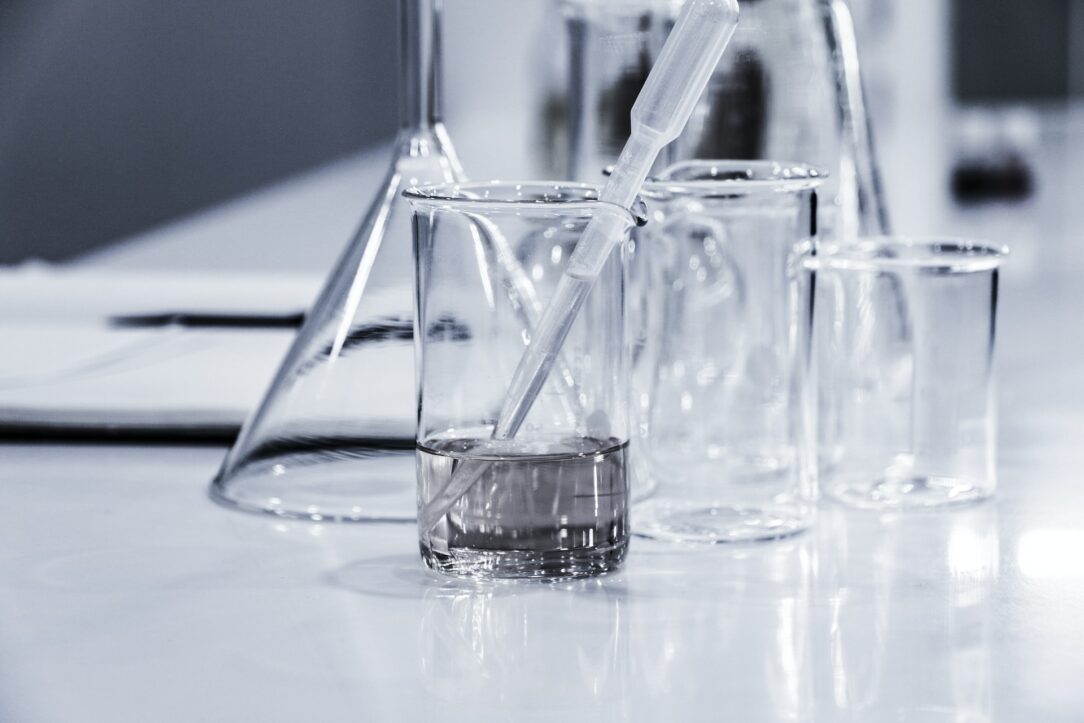
Source: unsplash.com
Neutral alcohol can be produced anywhere in the world using any type of grain as long as it’s distilled properly with high-quality equipment. In fact, many distilleries use corn as their primary source of raw materials because this grain produces very high levels of ethanol per acre compared to other crops such as wheat, barley or rye.
Add your fragrance oil into an empty spray bottle using an eyedropper or funnel if needed. Make sure there are no bubbles left behind by shaking it up vigorously before adding any liquid ingredients like EA or water. You can also use a pipette instead of an eyedropper if you don’t want any bubbles inside your bottle at all!
It’s not toxic
Extra neutral alcohol is distilled from grain or sugar cane, so it doesn’t have any artificial ingredients like disinfectants or preservatives found in vodka or whiskey. It also doesn’t have any color added to it, so it will remain clear even if you mix it with other liquids like fruit juice or soda pop!

